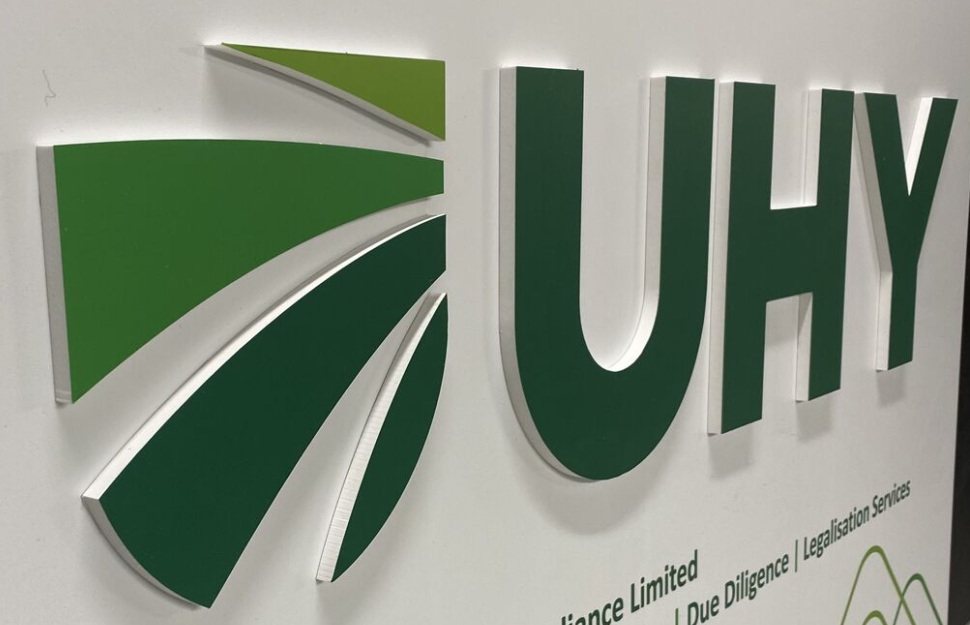Column: Tricks & Tips
From the April/May 2011 Issue
As the technology editor for this publication for nearly nine years, I’ve witnessed many significant, and even a few monumental changes in the technologies and workflow practices of tax and accounting firms. From the transition to the paperless office, to automated tax documents, the ongoing SaaS revolution, increased collaboration though client portals, the adoption of multiple monitors, IRS e-file mandates, continuous changes in tax law, and countless mergers and acquisitions among technology vendors serving the space.
Likewise, as we transition to the name CPA Practice Advisor and start a new chapter in the 20-year history of this magazine, I’d like to highlight a few of those technology changes that I think are the most critical to the efficiency and productivity of modern professional tax and accounting firms.
The Paperless Office
The move to a digital work environment was initially painful for many firms, and such a major step that many procrastinated for years over implementing the process. The transition was first to paperless “document storage” programs: systems that provided essentially an electronic filing cabinet (with many such programs carrying names similar to that phrase). More advanced “document management” systems would come a little later.
The concept was simple enough, especially since most professionals had been working within Windows-based computing environments for several years. At its very basic level, firms even used the Windows Explorer folder structure to develop their own filing systems, but Explorer couldn’t offer the more advanced accounting and tax-specific features that many offices required. That’s where products from vendors who already were dedicated to the profession moved in, providing users with a quick way to organize all client work product, documents and other files into consistently named and structured formats.
The key benefits to digital storage include less handling and storage of paper-based files and physical filing cabinets, which for some firms took up significant square footage. When folders were checked out, there was also the drawback of other staff not being able to access the files. With document storage or management systems, however, users are able to quickly search, find and retrieve documents without leaving their desk. And more advanced features allow users to add review notes, automate retention policies, maintain version control and restrict access to specific users. They also include collaboration tools such as email integration, client portals, scan-based optical character recognition (OCR), and even remote access, allowing users working form other offices, their home or from the road to easily access critical client work.
Having successfully implemented paperless processes in their own firms, many professionals are helping their small business clients to do the same, since it can offer many of the same efficiency benefits, including faster receipt of receivables, more accountable document retention and greater ease of access. More importantly, from the firm’s perspective at least, paperless client files are easily transferred through client portals, which can further reduce manual entry tasks for firm staff. Furthermore, the final digital work product, whether a tax return, planning documents, payroll files and invoices can be delivered to clients through those same portals, giving them anytime access to critical documents.
Workflow Optimization
As more firms adopted paperless environments, it was quickly apparent that new workflow processes had to be designed in order to best capitalize on the new digital workspace. Where paperless had been a back-end process for some firms, the move to front-end scanning/digitization of documents was now critical to efficiency because it allowed staff to immediately experience the benefits of collaboration.
In addition to designing these new processes, other technologies arrived that continued to build on the paperless premise, while tackling specific tax and accounting services. The most notable workflow optimization technologies have focused around source document automation tools. These technologies allow users to scan a client’s documents and use OCR to determine what kind of form each document is, which then allows the system to find the appropriate data fields and extract the client’s financial information. Some of these programs can then directly enter the information into a client’s tax return in the professional tax preparation system, while others provide a fully digitized and bookmarked PDF-formatted set of workpapers.
These types of systems vary greatly in functionality and are now available for almost all professional tax packages, with some using online technologies that get “smarter” as the tax season progresses, learning how to identify more and more forms, including some of the more obscure. Even the most basic “scan and populate” or “scan and organize” systems identify at least basic versions of forms W-2 and 1099, while more advanced systems can recognize all forms W-2, 1099, 1098, K-1, 5498, 8283 and even mortgage statements. Being able to simply scan all of these at the beginning of an engagement, with the system automatically organizing them into a digital document and pulling key data, can save many hours of tedious data entry, thereby allowing professionals to take on more clients or to focus on more profitable client work.
New workflow tools promise to further extend the benefits of paperless practices by offering direct access to client financial institution documents. In other words, firm staff will be able (with client permission) to pull W-2s, 1099s, 1098s and many brokerage statements directly from secure portals, which removes the need for scanning since the documents are “always digital.”
The Cloud & SaaS
I’ve never been a fan of the term cloud computing, but I am a big proponent of what it means for the profession and individuals. Quite simply, I believe that web-based everything is the next logical step, and the benefits to tax and accounting practices are many. First off, in some ways, we’ve been using “the cloud” for decades. The best example is debit cards, around since the 1970s, which let you remotely access your banking institution to perform functions such as deposits, withdrawals, electronic debits and transfers. The data is “remotely accessed,” and few would wish for a return to the days before that was possible. Most Americans use online banking tools for personal financial management. We also use social networking tools, contact management, email and other online tools every day, so it really isn’t a large step to move toward online applications.
With professional programs hosted and maintained by the technology vendors, firms are relieved of IT headaches and constant system updates. Then there’s universal remote access: No matter the location of you or your staff, client engagement work can be accessed, allowing users more flexibility with work schedules and allowing firms to retain skilled employees who may move away. Plus, with the continuing adoption of smartphones like the iPhone, Android, BlackBerry and Windows Phone 7, thousands of financial-oriented apps are available, including many designed specifically for use with professional tax and accounting systems.
At the same time, data is always backed up at multiple sites, which almost eliminates the threat of catastrophic loss of client data due to server and computer crashes, neglected backup routines, theft, fire, hurricanes, floods and other events to which your firm might be susceptible. The top technology vendors serving tax and accounting professionals all use SAS70 Type II compliant environments for data storage, meaning your client data is almost certainly safer in “the cloud” than it is in your own office.
What Technology Has Impacted You the Most?
I realize that there are countless other technology trends that have helped shape the profession, as well as those that are continuing to take form. You could start with PCs or the Internet in general, or potentially focus more on social media, smartphones, portals or multi-screen monitors. All of these are part of the dynamic technological evolution of the profession, and are evidence of the need to be open to new ideas, technologies and workflow processes. Send an email to editor@CPAPracticeAdvisor.com to share your thoughts about how technology has shaped your practice over the years.
Thanks for reading CPA Practice Advisor!
Subscribe Already registered? Log In
Need more information? Read the FAQs
Tags: Technology




